Action cameras are digital, compact video cameras specially designed for use during sporting activities or under water. The housings are light and small, but extremely robust. This makes them perfect for attaching to sports equipment or helmets and filming the athlete as well as their surroundings in extraordinary situations. Typical for an action cam is the wide-angle fisheye lens. This technique makes it possible to capture a radius of 180 to 200 degrees. The important scenes are thus captured from a short distance without losing the overall context. For example, if a climber is climbing a wall and has an action cam mounted on his helmet, the viewer of the video later sees the climbing experience through his eyes. Nevertheless, the climber himself remains in the picture.
The selection of action cams is large and confusing, especially for laypeople. Before you buy an action cam, you should therefore answer the following four questions:
The budget determines which price range you should look at. Once you have established a price range, you can think about what you specifically expect from your action camera. In this context, it is important for which area of application you want to use the camera: For motorcycling, climbing or surfing? Do you even want to dive with the camera? Or are you rather looking for an all-round talent that is suitable for many uses? The resolution also plays an important role in your purchase. Is a Full HD resolution enough or do you want videos in 2K or Ultra HD quality? If you also want to record slow-motion videos, the frame rate of the camera is also important. Last but not least, you need to decide whether you only want to record videos or also photos. If this is the case, you should choose a model that also produces correspondingly high-resolution photos.
Modern action cameras have a variety of advantages compared to other camera systems. The most important arguments in favour of buying one can be found in the following list.
handy
Small
Well-protected, robust case
Use even in snow, rain and dust
Many accessories available
Special shooting angle
Disadvantages of the action cams, however, are few. There is only one criticism that applies to most models: the battery power is rather low, so you have to charge or replace the battery frequently.
An action camera is so robust, compact and mobile that it is suitable for any purpose and can simply be taken everywhere. Especially for holidays, leisure or sports, the small, powerful cameras are very popular. The sturdy housing protects the technology inside from shocks, dirt and moisture. Action cams can therefore also be used in extreme weather conditions without any problems. Depending on which camera type you choose, even use under water is conceivable.
In principle, the action camera works like any other camera. It works with a lens, an image sensor, an image processor and an image converter to produce an image or several images. However, action cams stand out from other camcorders by having the highest possible frame rate, as they are often used for sporting activities. This ensures that the action camera captures even fast movements accurately and clearly.
Another typical feature of the action cam is that handling is kept as simple as possible. In contrast to a digital reflex camera, the action cam can be operated easily and intuitively. These devices do without countless setting buttons. Nevertheless, it is possible to make the most important settings via software. For modern action cams, it is possible to control the camera with an app. Usually, a wide-angle lens with fisheye optics is used for the action camera. This allows a range of 180 to 200 degrees to be captured.
One of the pioneers on the action camera market is clearly the GoPro series. It offers a versatile and large range that meets all requirements. A GoPro action cam impresses with its workmanship, performance and extensive accessories. The GoPro is therefore often described as the best action camera available on the market. In the meantime, however, there are other alternatives. Sony and Rollei also offer corresponding models, as do other well-known manufacturers of photo and video equipment. Which action camera you choose should depend less on the manufacturer and more on your specific requirements for the camera.
The range of action cameras is large and quite confusing, especially for laypeople. Before you choose any action camera, you should take your time to familiarise yourself with the subject. This is the only way to ensure that you find a model that really suits you and the intended use. First and foremost, you should clarify what you need your action camera for. If you only need it for video analysis, a simple model is usually sufficient. You only need to invest in special functions such as GPS, 4K recording quality or special recording modes if you really need them. This way you save a lot of money. You can get basic models without a lot of bells and whistles for less than 100 euros. However, if you want 2.7K or even 4K quality, you have to invest more money. The top GoPro or Sony models cost over 500 euros.
In addition to the resolution of the images, the frame rate (frames per second; in short: fps) also plays an important role for action cams. It indicates how many images per second can be recorded in the maximum resolution. The specification "4K @ 30 fps" would therefore mean that the camera can record a maximum of 30 frames per second in 4K resolution. The camera should manage at least 24 frames per second so that our eyes can perceive a video smoothly. Although 30 frames per second is a sufficient value, it leaves little room for improvement. Especially in the case of fast movements, which are common in sporting activities, the recording could appear jerky. Moreover, it is then no longer possible to use the slow-motion function in post-processing. A higher frame rate is therefore recommended, especially for athletes.
An important criterion when purchasing an action cam is therefore the frame rate in the various quality levels. However, you should also consider the following: The higher the resolution of the cam, the more storage space is required. For a 10-minute 4K video, a storage space of about 4.5 gigabytes is needed. At higher frame rates, even more storage space is needed. Also, the higher the resolution, the greater the load on the battery. So if you want to record a complete video in 4K quality, you need more than a mid-range action cam.

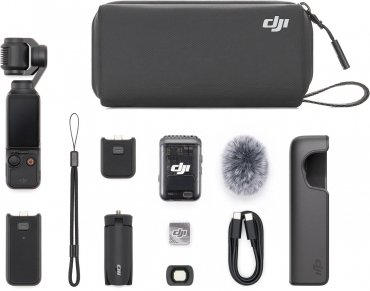

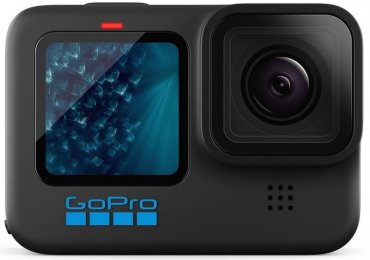
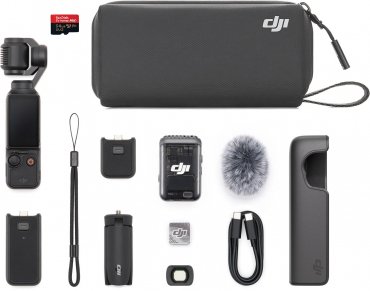

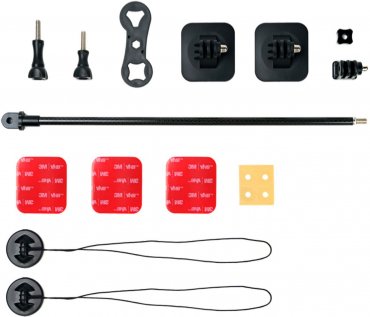
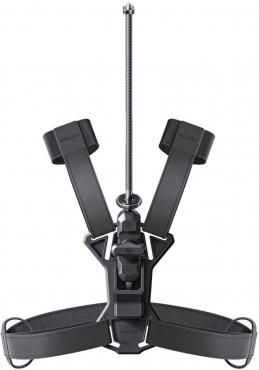
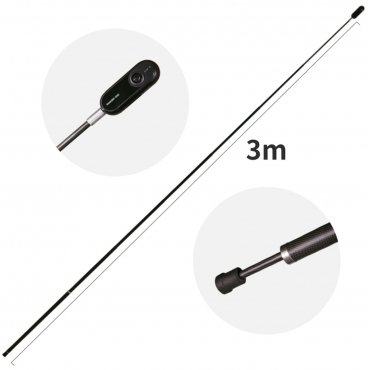

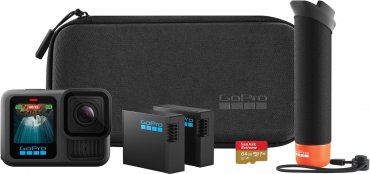
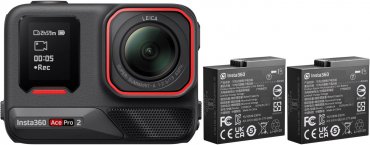


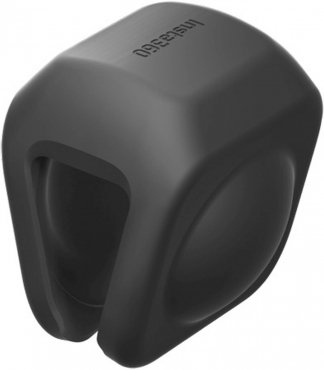
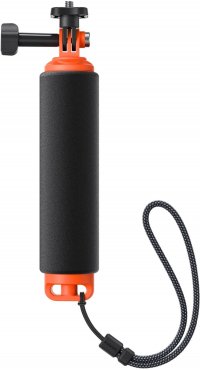
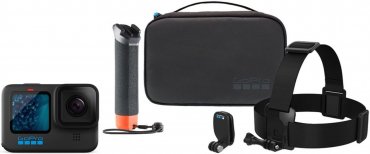
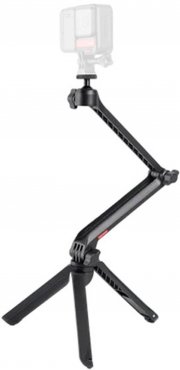
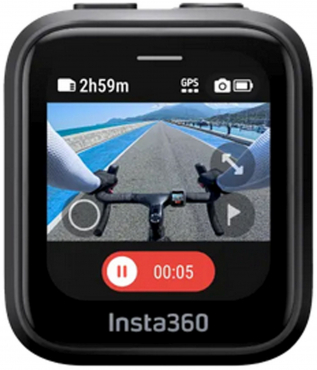


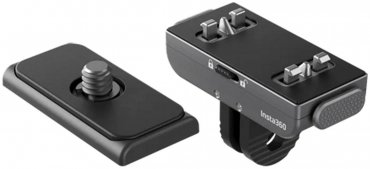
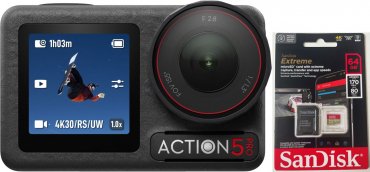

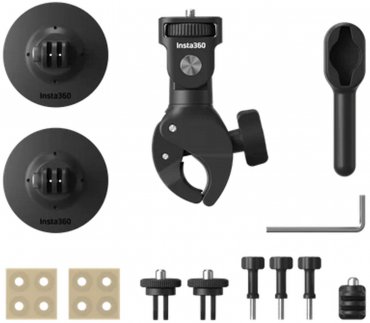

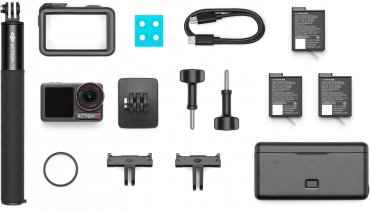


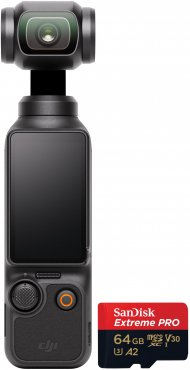

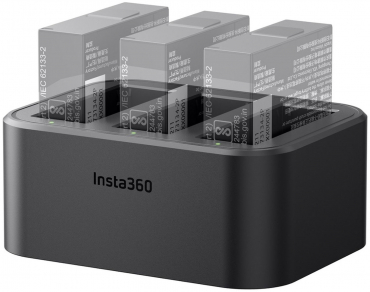

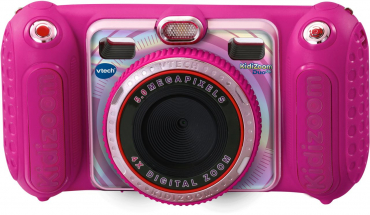

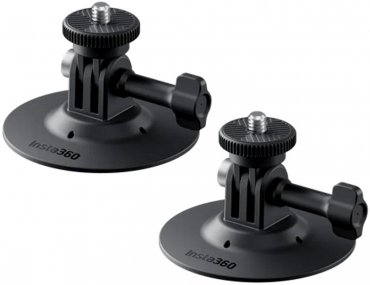
Simply subscribe and benefit as a newsletter recipient every week: